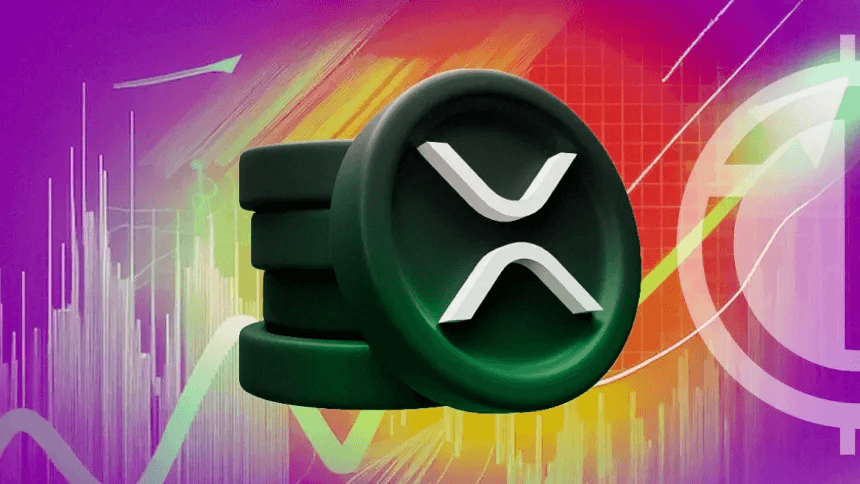The discussion surrounding XRP’s classification has been reignited recently, spurred by remarks from former Ripple director Sean McBride and the World Bank’s 2021 classification of XRP as a “stablecoin.” However, what’s intriguing is that this classification occurred over two years ago. So, why the sudden resurgence of interest?
A Look Back:
The World Bank’s 2021 report, “Central Bank Digital Currencies for Cross-Border Payments,” indeed categorized XRP as a stablecoin. This initially prompted discussions about its potential role in the stablecoin ecosystem. However, the news seemed to fade into the background as Ripple focused on positioning XRP as a bridge currency for cross-border payments.
Fast forward to 2024, and the classification has resurfaced, prompting new questions:
Was the 2021 classification accurate?
The World Bank’s Global Financial Inclusion report labeled XRP as a “stablecoin” due to its price stability and fast transaction times. Unlike traditional stablecoins, XRP isn’t pegged to the US dollar. However, since the report, it has experienced relative stability, despite a notable 50% decline.
Ripple has consistently marketed XRP as a bridge currency for cross-border payments, aiming to facilitate transactions between different Central Bank Digital Currencies (CBDCs). Some experts speculate that this objective might influence Ripple’s decision not to introduce its own stablecoin on the XRP Ledger (XRPL).
Why the sudden resurgence of interest?
Recent discussions, particularly involving Ripple supporter Wrath of Kahneman and former Ripple director Sean McBride, have reignited the conversation. McBride’s continued belief in XRP’s stablecoin potential, coupled with the renewed spotlight on the World Bank’s classification, has fueled the discourse.
XRP: Stablecoin or CBDC Bridge?
Despite the World Bank’s classification of XRP as a stablecoin, Ripple remains focused on positioning it as a bridge currency for CBDCs. This raises additional questions:
Despite the recent discussions, the future of XRP as a stablecoin remains uncertain. While the 2021 classification has sparked renewed interest, without official confirmation from Ripple or further developments, it’s challenging to predict XRP’s trajectory definitively.
One thing remains clear: the cryptocurrency landscape is dynamic, and XRP’s role within it will likely continue to be a subject of debate. Keep an eye out for further developments as this narrative unfolds.
On the Other Hand:
Despite being labeled as a stablecoin by the World Bank, XRP has witnessed significant price fluctuations, including a notable 50% decline since the report’s publication.
Despite this stablecoin classification, Ripple’s focus remains on positioning XRP as a bridge currency for CBDCs.
The uncertainty surrounding XRP’s future as a stablecoin persists, as Ripple has yet to provide official confirmation of its direction.
Why It Matters:
Many news outlets have failed to emphasize that the original World Bank report classifying XRP as a stablecoin dates back to 2021. This has led to confusion and speculation regarding Ripple’s plans for XRP. While the classification has reignited interest in XRP’s potential as a stablecoin, it’s crucial to remember that there’s been no official confirmation from Ripple.



